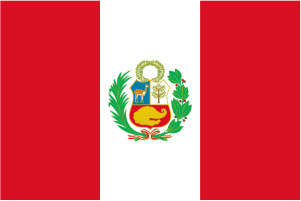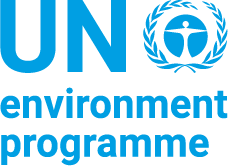
Indonesia has the largest area of tropical peatlands in Southeast Asia and is an essential component of the global carbon (C) pool through its large C deposit inside the peat. Peat soil in Indonesia was usually associated with swampland both in freshwater and tidal swampland. However, the assessment of peat C deposit on swampland remains uncertain. Therefore, this study aimed to assess the C deposit of peat soil established on tidal swampland. The study was conducted in 2012 at Pulang Pisau, Central Kalimantan, under three different land uses, intercropping of rubber and pineapple, rubber plantation mixed with shrubland, and shrubland. The depth of peat soil was in the range of 4 to 8 m, dominated by sapric and hemic. The mean of C deposit was 3963 ± 561, 6666 ± 1065, and 4325 ± 605 t ha−1, respectively, in intercropping of rubber and pineapple, rubber plantation mixed with shrubland, and shrubland. C deposit in a rubber plantation mixed with shrubland was high because the peat depth was deeper than other land uses. We expect this finding could be used as a baseline information for sustainable peatland management cultivated for agricultural plantation.
Download:
 file
file

- Authors: Wakhid, N., Nurzakiah, S.
- Subjects: land use, rubber plants, peat soils, tropics, carbon sinks, peatlands, shrubs, soil carbon
- Publication type: Chapter-R
- Source: Springer Proceedings in Physics 290: 71-78
- Year: 2023
- ISSN: 978-981-19-9768-6
- DOI: https://doi.org/10.1007/978-981-19-9768-6_7


















